
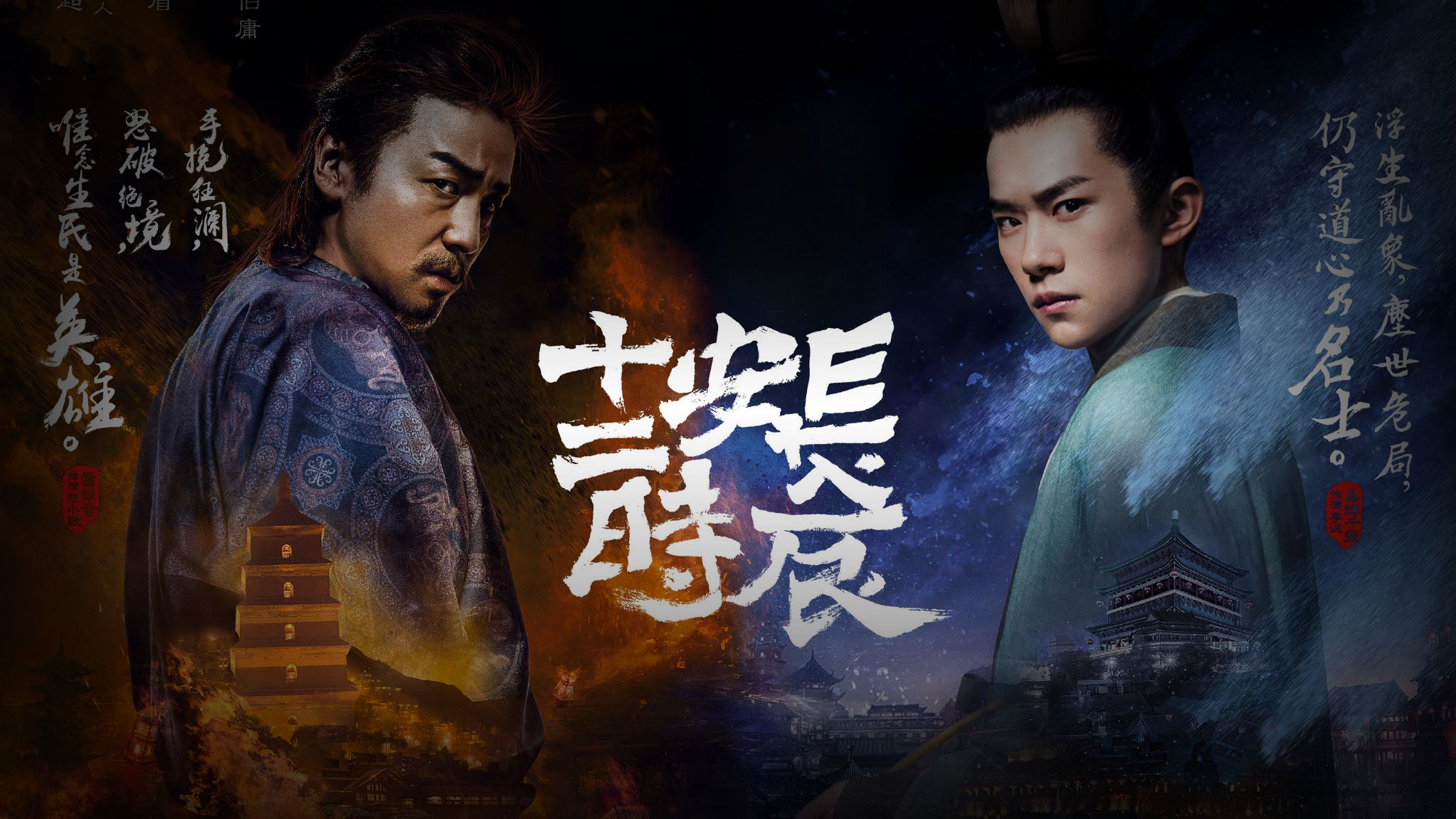
A new domestic TV series has dominated social media in China.
"The Longest Day in Chang'an", which recently began on Chinese online video platform Youku, instantly captured the public's attention, with many exclaiming: "Finally, we have a TV series with some quality!"
And as of July 1, the Chinese historical suspense drama got released in other Asian countries, such as Japan, Singapore, Malaysia and Vietnam, and – for the first time ever for a Chinese series – it is intended to be available for North American audiences through video streaming websites including Viki, Amazon and Youtube, as paid content, soon.
But why? And why is there such a buzz about it?
The Chinese version of '24'?
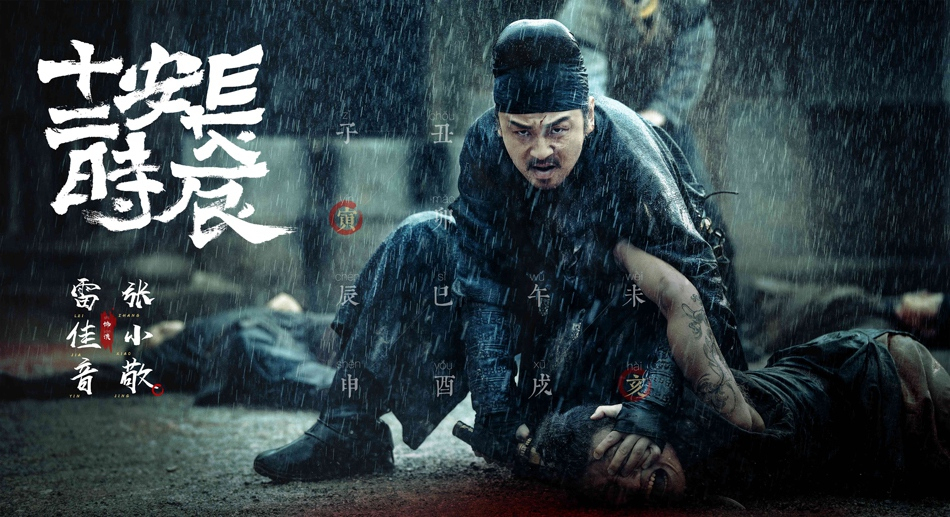
A poster of Chinese TV series "The Longest Day in Chang'an" /Photo via Douban.com
"The Longest Day in Chang'an" is set in the Tang Dynasty era (618 - 907), a time when the most prosperous dynasty ever in the Chinese history began to decline.
The series has 25 episodes and the whole story takes place during 24 hours of the Lantern Festival, when the whole of Chang'an City was out celebrating, drawing comparisons to "24", the popular U.S. crime thriller TV series aired by Fox in the early 2000s starring Kiefer Sutherland.
The two main characters, Li Bi and Zhang Xiaojing, have to crack down on a group of rebel forces who are scheming to destroy the capital city during this period.
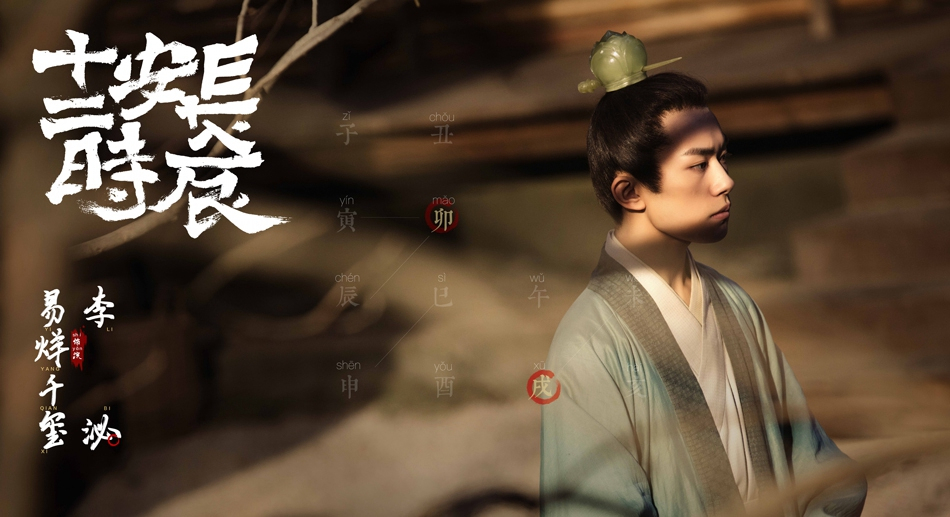
A poster of Chinese TV series "The Longest Day in Chang'an" /Photo via Douban.com
By compressing a panoramic view of society and a profound historical background into a limited time span, the show maintains a high intensity tempo. Chinese TV dramas are often criticized for being overlong, dragging storylines out simply to boost episode numbers, but this series is so densely packed that rewatches can be essential. Also rare is how "The Longest Day in Chang'an" features multiple interweaving plotlines rather than having a single major story buffered by subplots.
"It gives me an excitement that used to only be possible in American TV series," a comment read on the Chinese rating website Douban.com.
A tribute to culture and history
Though it's a thoroughly modern show, the efforts paid by the crew to revive real Tang Dynasty history has also led to "The Longest Day in Chang'an" winning acclaim.
The TV series opens with a Martin Scorsese-style long take which weaves through Chang'an, showing the city's daily life. Every detail, including the traditional clothes, weapons, women's makeup, architecture and Lantern Festival decorations have been carefully replicated based on historical archives.
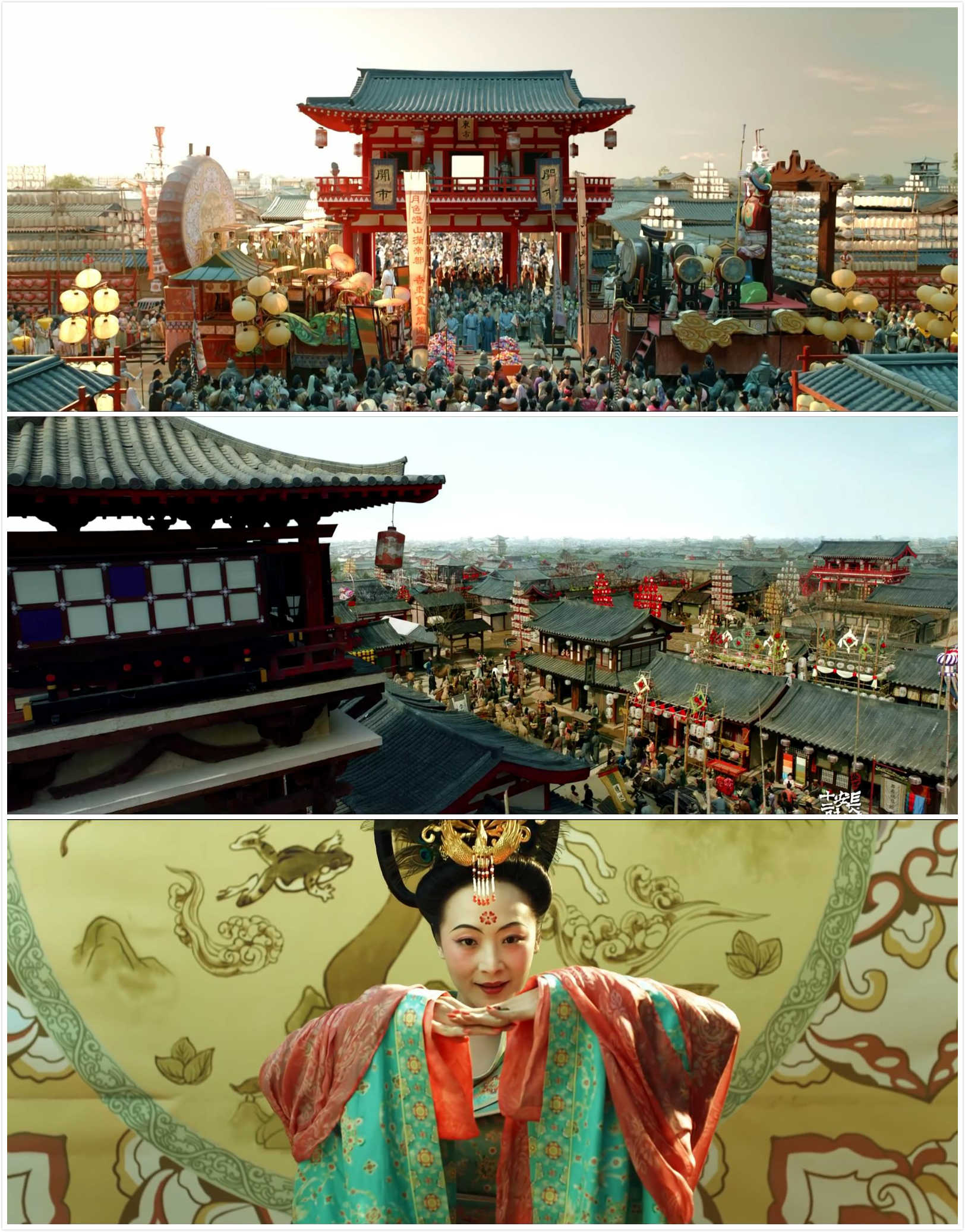
A combination of stills from the TV series "The Longest Day in Chang'an" /Photos via Douban.com
According to media reports, the team spent seven months building the ancient Chang'an set and consulted the Taoist Association about the outfits of the main character Li Bi, who is a Taoist disciple.
From the materials of a pair of boots to the hair style of a dancer, every detail has been meticulously fact checked.
"What is culture? It is in fact a kind of lifestyle, and when we are confident about our lifestyle, we are confident about the culture," said Cao Dun during an interview.
Will it redefine Chinese TV?
As the show is still airing, it might be too early to say whether it will become this year's blockbuster, but all indications show it has already been groundbreaking.
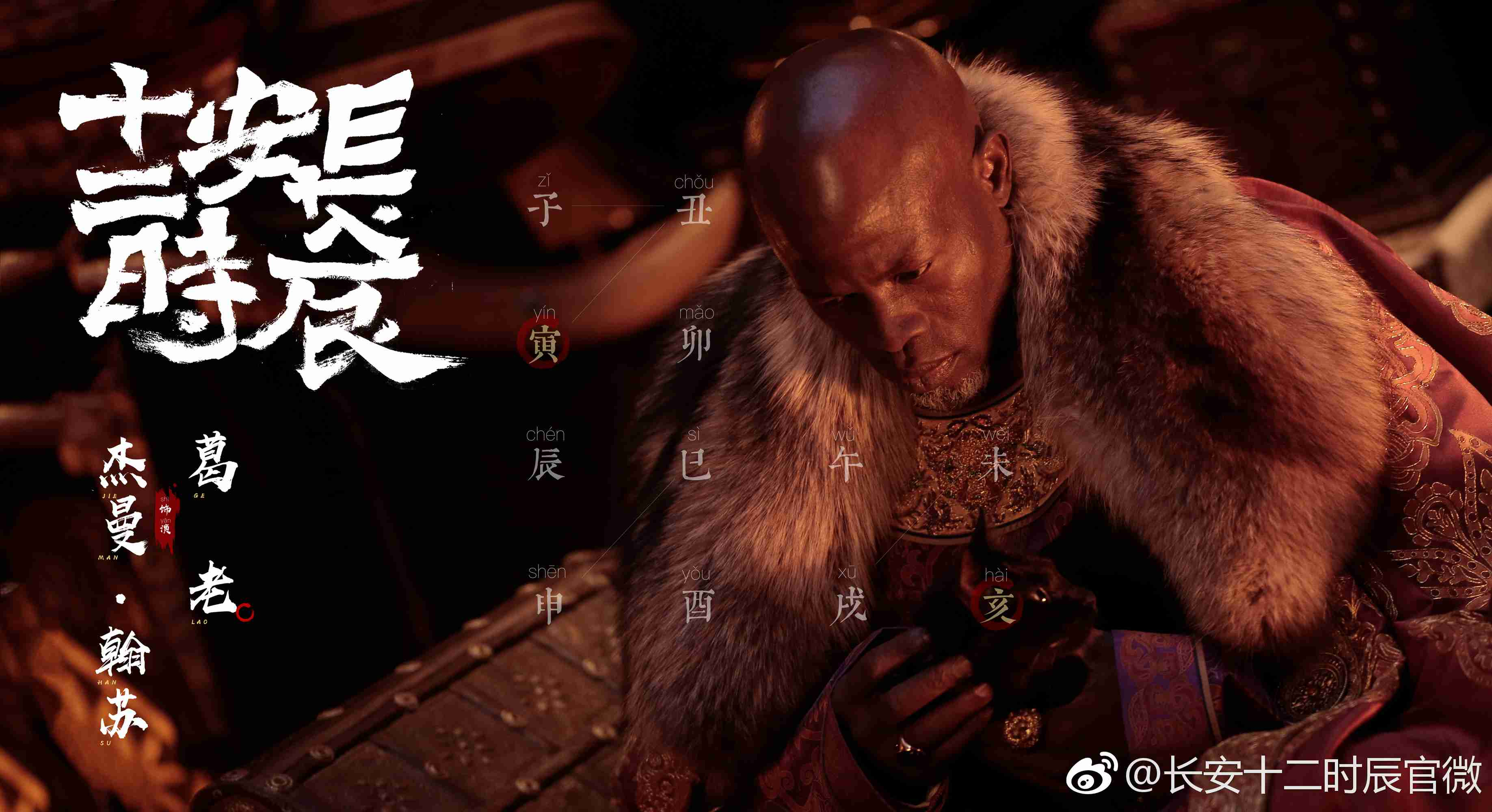
A poster of U.S. actor Djimon Hounsou in "The Longest Day in Chang'an" /Photo via Sina Weibo
That being said, there are certain criticisms that keep cropping up. Many noticed that the actors occasionally struggle with their dialogue, which is written in classic literary styles rather than modern Chinese. And, as with all adaptations, some are not satisfied with what has been changed.
But critics have said this could be the shot in the arm needed to revitalize Chinese TV, but only time will tell if they are right.

Copyright © 2018 CGTN. Beijing ICP prepared NO.16065310-3
Copyright © 2018 CGTN. Beijing ICP prepared NO.16065310-3